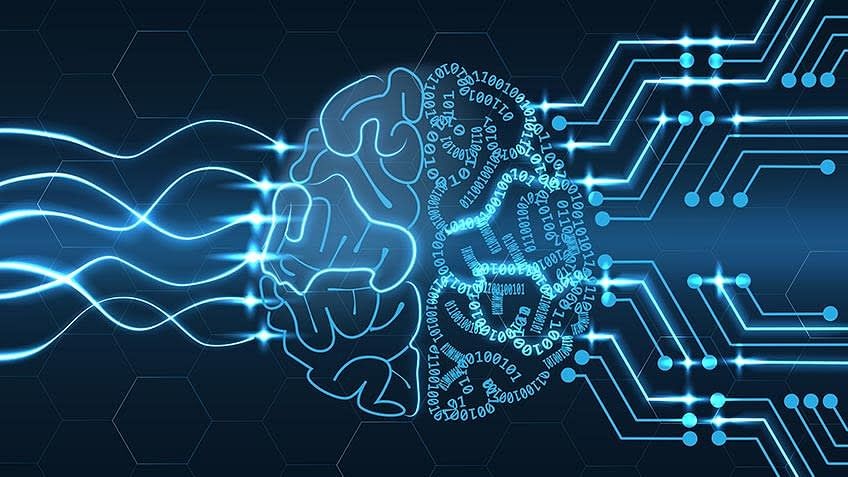
By ABC — Four Republican presidential candidates took the stage in Alabama on Wednesday night for one last chance to trade attacks and stake out policy positions before voting starts in the 2024 primary, in Iowa and New Hampshire, next month. The debate, the smallest yet, featured former U.N. ambassador Nikki Haley, Florida Gov. Ron DeSantis, former New Jersey Gov. Chris Christie and tech entrepreneur Vivek Ramaswamy. Knives seemed to be out for Haley amid her continued rise in the primary polls. She and DeSantis stood center stage as they vied for a distant second place spot to former President Donald Trump — who once again skipped sparring with his challengers, spending the night fundraising in Florida instead as he remains the polling front-runner. On the sidelines of the stage, Christie took on Trump while Ramaswamy took on everyone else. Here are five takeaways from the latest Republican debate.
Haley takes brunt of attacks
Haley, who has earned high marks in past debates, according to polling, was the main target of the attacks on Wednesday night. From the start, Ramaswamy and DeSantis took on the former ambassador for her stance on China, social media, transgender rights and more. “She caves any time the left comes after her,” DeSantis said as he slammed her record. “Any time the media comes after her.” Haley responded: “I love all of the attention fellas.”








